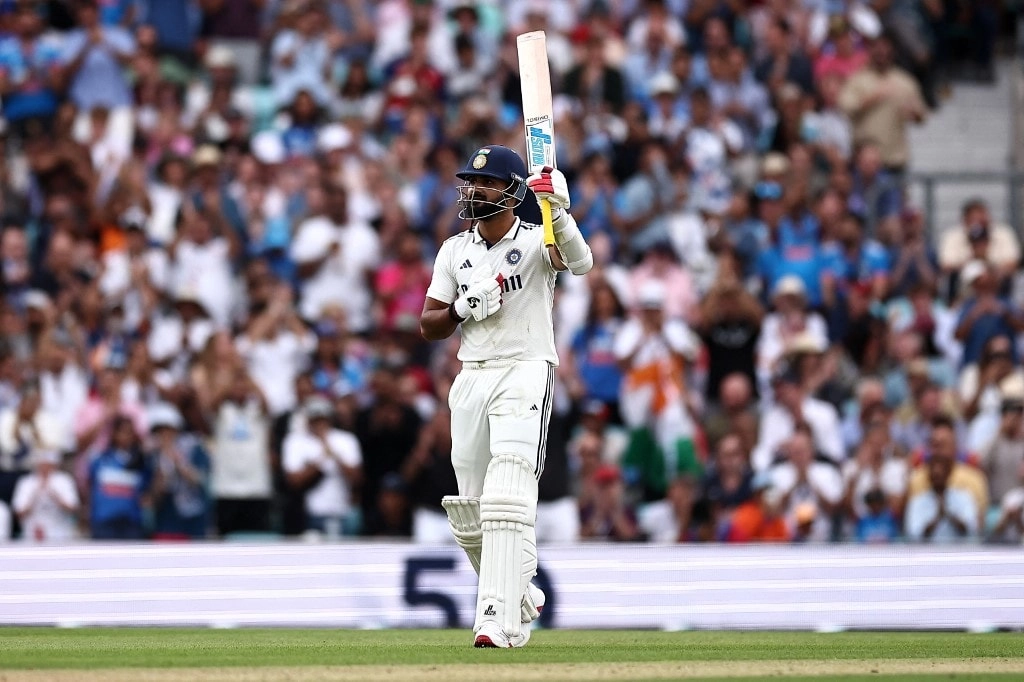In a recent commentary that has stirred significant debate within cricketing circles, renowned sports commentator Mark Steyn expressed his strong disapproval of contemporary fast bowlers, particularly targeting India’s Jasprit Bumrah. Steyn’s remarks highlight a growing concern regarding the effectiveness and temperament of modern pace bowlers, suggesting that they often lack the resilience and skill exhibited by their predecessors. This critique comes at a time when the game is witnessing a shift in bowling techniques and strategies, sparking discussions about the evolution of fast bowling.
Steyn’s dissatisfaction stems from his observation that many current bowlers seem to prioritize speed over strategy, resulting in a style of play that can be both predictable and frustrating for fans. He specifically noted that Bumrah, despite his impressive skill set and unique bowling action, sometimes embodies this trend, leading to a lack of variety in his approach. Steyn emphasized that the great fast bowlers of the past, such as Glenn McGrath and Wasim Akram, thrived not just on pace but on their ability to outsmart batsmen with cunning variations and strategic placements. This critical perspective invites a deeper examination of the art of fast bowling and calls for a return to the fundamentals that made the craft so enthralling.
Furthermore, Steyn’s comments invite broader reflections on the impact of coaching and training methodologies in modern cricket. With advancements in technology and analytics, bowlers today have access to a wealth of data that can aid their performance. However, Steyn argues that this reliance on analytics may inadvertently stifle the instinctual and adaptive nature of bowling. Instead of relying solely on raw speed or data-driven decisions, he advocates for a more nuanced approach that blends traditional techniques with modern insights. This sentiment resonates with many cricket purists who believe that while the game evolves, the core principles of strategy and skill should remain paramount.
As the cricketing community grapples with Steyn’s critique, it raises essential questions about the future of fast bowling. Will upcoming generations of bowlers heed the lessons from the past, or will they continue to chase speed at the expense of skill? The debate ignited by Steyn’s observations serves as a crucial reminder of the complexities and challenges that fast bowlers face in the contemporary game. Ultimately, it is essential for players, coaches, and fans alike to engage in these discussions to ensure that the art of fast bowling continues to thrive, balancing innovation with the rich traditions that have defined the sport for decades.




